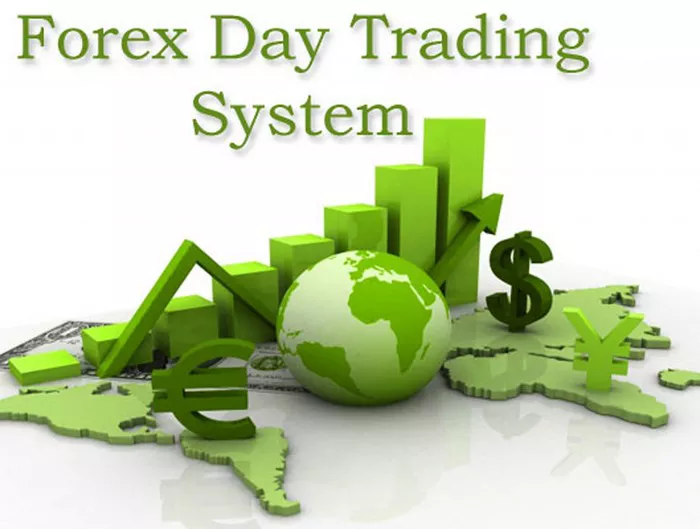On Tuesday, the Reserve Bank of Australia (RBA) cut its official cash rate by 25 basis points to 3.85%, marking the lowest level in two years. The move reflects the easing of domestic inflation pressures and rising concerns over global trade risks, notably linked to ongoing tariff tensions.
Inflation Cooling Creates Room for Policy Easing
The RBA noted that upside risks to inflation have diminished, providing scope to loosen monetary policy if needed. Recent data showed Australia’s headline consumer price inflation holding at 2.4% in Q1, with the trimmed mean core inflation slowing to 2.9% — the first time since late 2021 inflation has returned to the bank’s 2-3% target range.
Governor Michele Bullock highlighted the bank’s balancing act between maintaining rates and easing them, explaining that the board debated a larger 50-basis-point cut but opted for a more cautious 25-point reduction.
Global Trade Uncertainty Influences RBA’s Stance
The RBA’s shift to a more dovish tone contrasts with the hawkish posture following the February meeting. Governor Bullock cited rising global trade tensions, especially the U.S. tariffs announced by President Donald Trump in early April, as key factors increasing economic uncertainty.
She said:
“Does this mean we are heading for a long period of rate cuts? I don’t know at this point, so I think it makes sense to be cautious with a 25 basis point rate cut, recognizing that if we need to move quickly, we can do it. We still have room.”
Market Reaction: AUD Falls, Bond Futures Rise
Though the rate cut was widely expected, the Australian dollar weakened 0.5% to around $0.6425 following the RBA’s announcement. Meanwhile, three-year bond futures rose 15 basis points, reflecting market expectations for further easing.
Swaps markets imply a 60% chance of an additional rate cut in July, with August’s cut fully priced in. Analysts believe the cash rate is more likely to bottom near 3.1% than 3.35%.
Impact of Trade War on Australia’s Economy
Australia’s close economic ties to China — a major importer of Australian resources — mean the U.S.-China trade war poses a serious risk to growth and commodity demand, including iron ore exports. Trump’s tariffs and the uncertain global trade environment have unsettled markets and business planning worldwide.
Domestic Data: Mixed Signals
While consumer spending rebounded weakly, the labor market remained resilient. The unemployment rate stayed steady at 4.1%, a level maintained for over a year, providing some stability amid external risks.
Governor Bullock observed:
“We have managed to get inflation down while keeping the jobs market on relatively good footing, so I think so far so good.”
RBA’s Outlook and Forward Guidance
The RBA’s quarterly monetary policy statement warned that the fallout from tariffs would slow global growth and likely dampen inflation in Australia. It also forecast a rise in unemployment, assuming the expected rate cuts materialize.
State Street’s Dwyfor Evans commented:
“Uncertainty about tariffs and a still-strong job market have offset some inflation optimism, but the forecasts for prices and rates suggest a roadmap for easing restrictive policy. There was talk of ‘hard-line rate cuts’ ahead of the central bank’s decision, but putting aside global uncertainty, this is a clearer directional message from the RBA than we have seen in some time.”
































